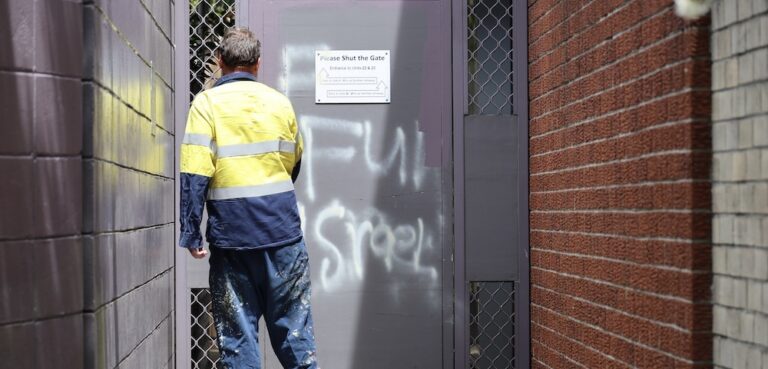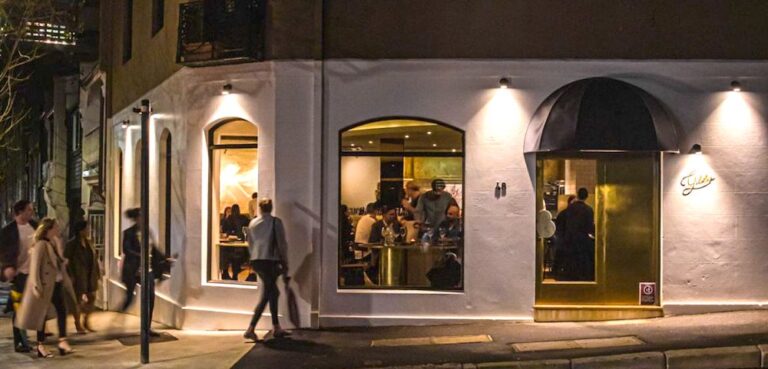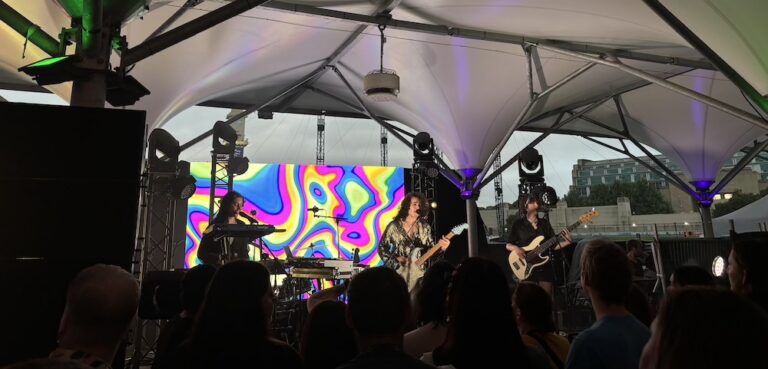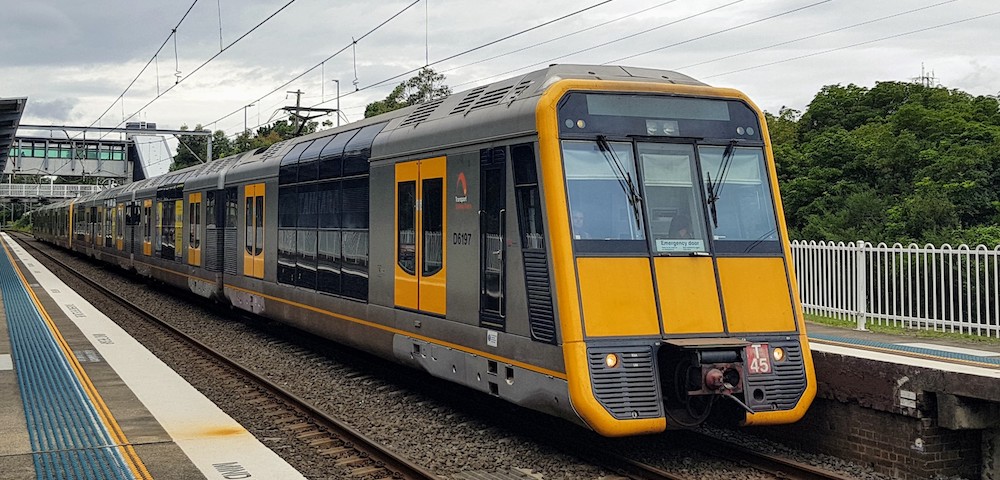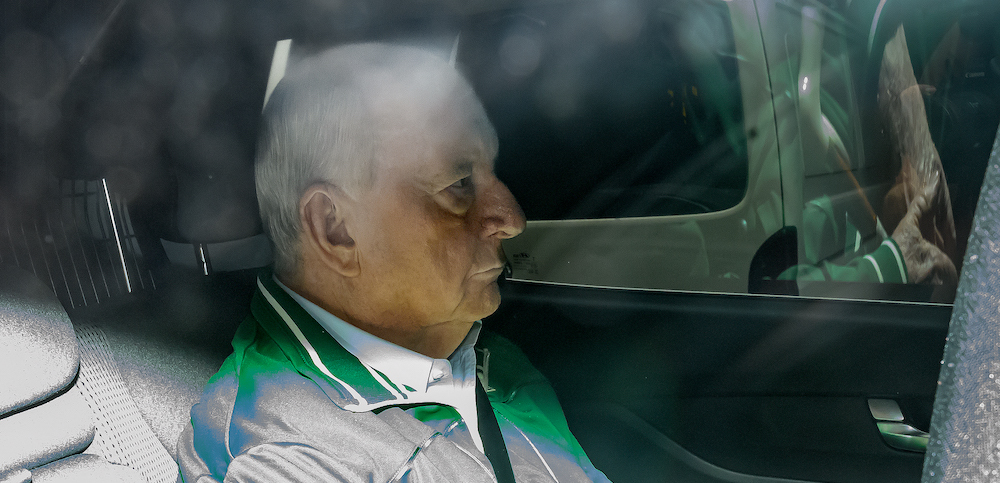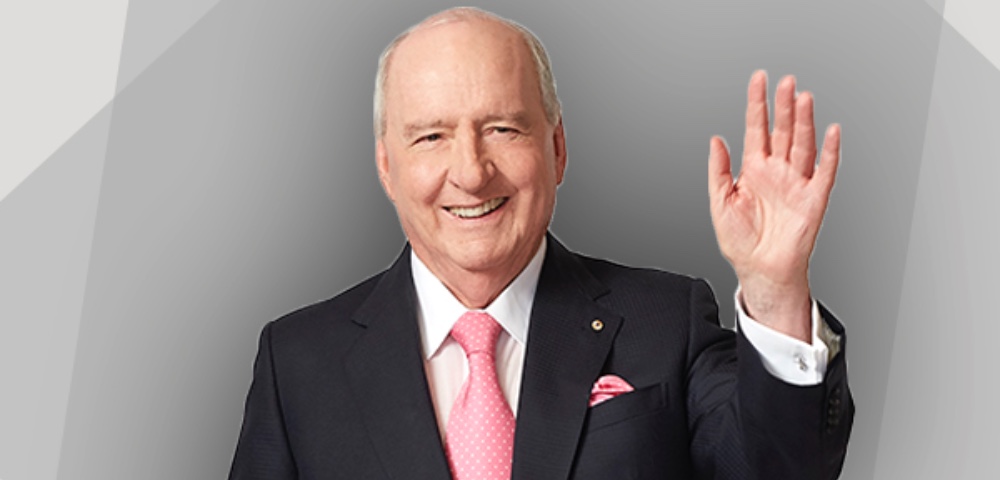
Talking heads
“The Medically Supervised Injecting Centre is a social asset for Sydney and provides a safe, controlled environment for the city’s most vulnerable members.”
ANDREW WOODHOUSE
This is a recipe for disaster. Get drugs (any amount), collect government-funded needles, jab in your vein in government-funded Medically Supervised Injecting Centre (MSIC), pass out, buy/steal/deal more drugs, collect needles, etc…
Stop! This isn’t a life; it’s a disorientated, dependency-driven hell. No known recipe breaks this spiral and legalising drugs doesn’t respect human dignity.
This shop-front MSIC experiment with a protective act of parliament ‘ Bob Carr’s baby ‘ was discharged in our neighbourhood after his brother died of an overdose.
It has three problems; location, location, location and is both immoral and Controversial with a capital C. It is complicit in sucking life from human souls, perpetuates drug use, entrenches drug bazaars, sanctions loiterers with other major mental issues, foments drug crimes, intimidates shoppers and retailers and forces removal of public bus stop seats needed by the elderly. NSW Bureau of Crime Statistics show an increase in cases of possession/use of cocaine in Kings Cross from 2002 to 2006. Now it’s a crime coven: police laid charges last month for hustling illegal pills on-site. The MSIC is a problem, not a solution.
Why should one person’s care be at others’ expense’
Claims that we’ll be wading in puddles of syringe-laden blood if it’s closed rely on past anarchy to plot future mismanagement.
Despised by residents despite deceitful data to the contrary, it launders its reputation, trading on an urban myth that Kings Cross has a long drug culture history. This is wrong.
It hasn’t had any positive effect on users’ addiction rates. Why should it’ It’s only a room, but without a view or a future, and is self-indulgently expensive, costing more than $20 million to date.
I was stunned: a private tour with Dr van Beek showed how staff directly intervene to assist injections. It’s an assisted, not a supervised, centre and perpetuates a public lie.
Its “we saves lives” spin has cost more retailers their livings than anything else ‘ with dying bodies whisked away in ambulances at the first sign of trouble. But this keeps the statistics looking good.
This ends-justifies-the-means, white-arm-sling mentality, all religiously wrapped within the Uniting Church, which owns the building, doesn’t heal patients.
Its preachers say it is worthwhile, demonising realists as arrogant and ignorant, but it gives medical mafia, forgetting their Hippocratic oath, “thou shalt do no harm”, a smug satisfaction, despite the obvious urban annihilation.
The experiment is over. Let’s refocus on causes, not symptoms. The Australian National Council on Drugs claims its members “cannot support the MSIC because… there are more efficient ways to engage those clients targeted by the MSIC”.
I want compulsory, compassionate clinics, with proven methods weaning users off drugs to create new lives, new skills and new hope.
I also want our streets back. Amen.
Andrew Woodhouse is an urban environmentalist living in Potts Point
MICHAEL GORMLY
The MSIC is one of the pet hates of ultra-conservative Christians like those active in the organisation Drug Free Australia (DFA). DFA, funded by John Howard, letterboxed a booklet in the Kings Cross area titled The case for closure. Each page trumpeted: ‘Statistically, not one life has been saved.’
Statistically’ We know you can’t prove a life was saved if no-one died, but zero deaths from 2,476 overdoses at the Centre is a pretty good score. Before the MSIC the area averaged two deaths per week. Between 4 and 10 per cent of overdoses elsewhere result in death. Draw your own conclusions.
But we are talking people here, not numbers. One worker from the Centre put it in human terms: ‘When someone is on the ground turning blue and you bring them around, you know you’ve saved a life.’
Kings Cross locals recall the bad old days when you might stumble on a syringe-spiked ‘bluey’ or a corpse in the street. Apart from the life lost, this sight is distressing for anyone, let alone their 10-year-old niece.
Injecting was rife then. There were 355 ambulance call-outs to ODs in the Kings Cross strip alone in one year before the Centre opened. Now, while the heroin drought has reduced ambulance call-outs generally, they have dropped 80 per cent in the MSIC’s 2011 postcode but only 45 per cent in neighbouring 2010 which umbrellas Surry Hills, East Sydney and Darlinghurst.
This frees up hospital beds and saves public money, which mitigates complaints about the cost of the Centre.
Some may claim that the MSIC is a ‘honeypot’ for drug-users, but the drug scene was raging in Kings Cross before the MSIC, which is precisely why it was located there. Critics of its location conveniently forget it was another arch-conservative called Ratzinger, now Pope Benedict, who forbade the Sisters of Charity to put it in St Vincents’ Hospital.
Yes, groups of hardcore users in the street are not a pretty sight and I wouldn’t open a kiddies’ toy shop next door, but this is Kings Cross. Worse fallout existed before the MSIC, which has not only saved lives but has made 7,500 referrals to treatment facilities.
Michael Gormly, writer, photographer and publisher of kingscrosstimes.blogspot.com

